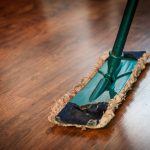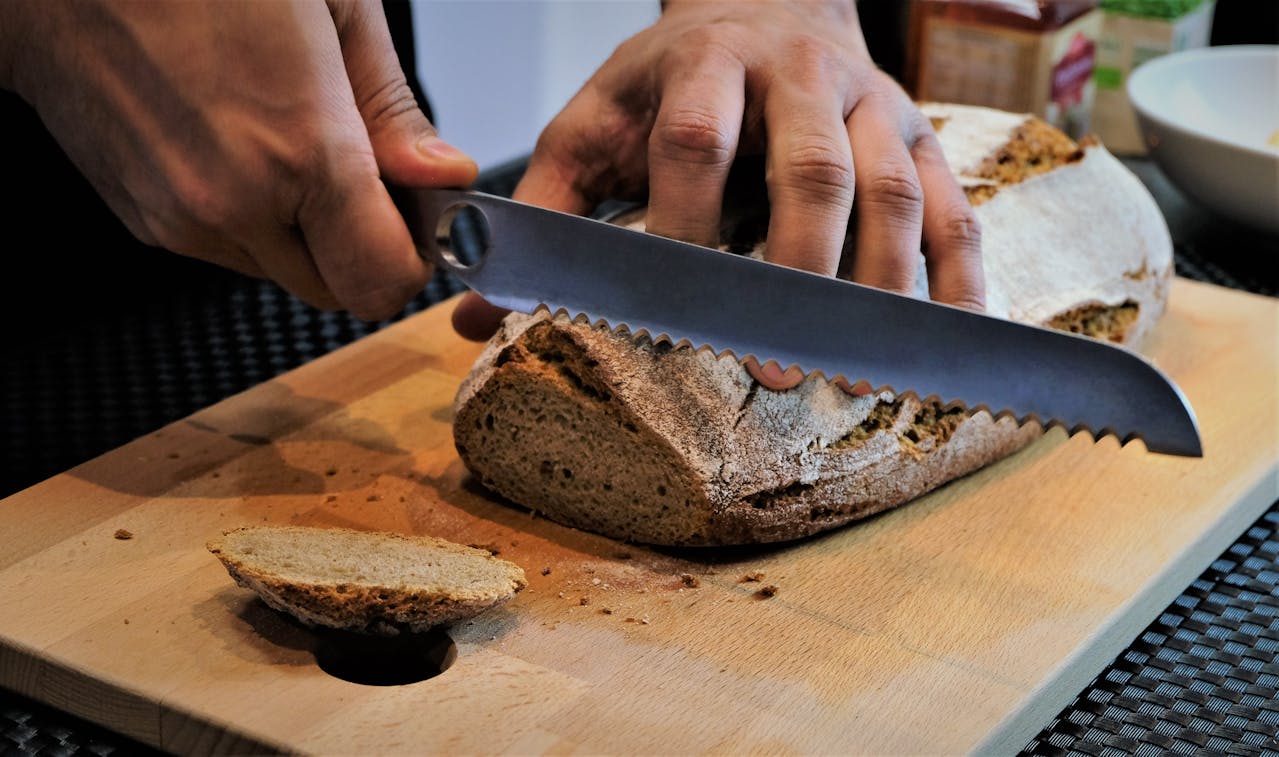Ceramic knives have gained quite a reputation for their durability, sharpness, and ease of maintenance. Now, you find them in every culinary enthusiast’s kitchen, bringing an unmatched blend of elegant design and unparalleled functionality. They are known for their long-lasting edge, but like other knives, they also need maintenance to preserve that edge. In this article, we will explore the process of maintaining the sharpness of ceramic knives.
Understanding Ceramic Knives
Before we delve into the world of ceramic knife care, it’s essential to understand what sets these knives apart. Ceramic knives are different from your typical steel knives. They are crafted from an advanced ceramic known as zirconium oxide, which is incredibly hard – just a step below diamond on the Mohs scale of mineral hardness.
Have you seen this : What are the best non-stick frying pans available in the UK?
The Kyocera, a leading ceramic knife manufacturer, uses a proprietary process to create knives of exceptional quality and sharpness. The sharpness of a ceramic knife is second to none, thanks to the hardness of the material. The edge of a ceramic knife will stay sharp ten times longer than a steel blade.
Incorporating an image of a ceramic knife here would show its sleek design, and a microscopic view of the blade would reveal a remarkably smooth cutting edge free of the burrs and pits found on a steel blade.
This might interest you : What are the best non-stick frying pans available in the UK?
How to Sharpen a Ceramic Knife
Sharpening a ceramic knife is a unique process. Because of the hardness of the material, a regular sharpening stone will not work. You will need a diamond sharpening stone —the only thing harder than ceramic.
Before you begin, it’s important to remember that sharpening a ceramic knife should be done sparingly. Over-sharpening can wear down the blade prematurely. With that said, the sharpening process involves the following steps:
-
Prepare Your Sharpening Stone: Soak your diamond sharpening stone in water for about five minutes to ensure it is thoroughly wet. This helps to reduce friction and prevent overheating.
-
Find the Correct Angle: Hold your knife at a 20-degree angle to the sharpening stone. This angle ensures optimal sharpness.
-
Start Sharpening: With gentle, even strokes, run the knife blade along the stone. Be consistent in applying pressure to maintain an even edge.
-
Check Your Progress: Every few strokes, stop and check your progress. Feel the edge of the blade to ensure it’s even and sharp.
While this process is simple, it requires patience and a steady hand.
Using a Ceramic Knife Sharpener
For those who are not comfortable using a sharpening stone, a ceramic knife sharpener is an alternative. These tools are designed specifically for ceramic knives, which makes the sharpening process much simpler and safer.
Kyocera offers a range of ceramic knife sharpeners. These sharpeners are designed to remove only tiny amounts of ceramic material, maintaining the knife’s sharpness without wearing it down.
To use a ceramic knife sharpener, you follow these steps:
-
Prepare Your Knife: Clean your knife and make sure it’s completely dry.
-
Place Your Knife in the Sharpener: Most ceramic knife sharpeners have a slot where you place the blade. Ensure it’s at the correct angle.
-
Sharpen Your Knife: Gently pull the knife through the slot, sharpening the blade. Repeat this a few times until your knife is sharp.
This is a convenient option, especially for those not comfortable using a sharpening stone.
Proper Care for Ceramic Knives
Maintaining your ceramic knives involves more than just sharpening. It’s about taking care of them in everyday use and storage.
Ceramic knives should not be used for cutting frozen foods, cheese, or any hard substances. They are ideal for slicing fruits, vegetables, and boneless meats. Using them for unsuitable tasks can chip or break the blade.
Always wash your ceramic knives by hand with mild dish soap and warm water. Avoid using harsh detergents or dishwashers as they can damage the blade. Dry them thoroughly before storing to prevent any damage from moisture.
When storing your ceramic knives, ensure that the blades are protected. Many people choose a knife block or in-drawer tray. If these are not available, consider using a protective sheath.
Conclusion
Ceramic knives are a beneficial addition to any kitchen. Their durability and sharpness make them a preferred choice for many culinary enthusiasts. However, like any tool, they require proper care and maintenance to preserve their performance. Whether you choose to sharpen them with a diamond stone or a ceramic knife sharpener, the most important thing is to do it correctly and sparingly. Remember, the longevity and effectiveness of your ceramic knives largely depend on how well you take care of them.
The Right Cutting Boards for Ceramic Knives
When using ceramic knives, the choice of the cutting board can greatly affect their lifespan. Ceramic blades are delicate and can chip or break if they come in contact with hard surfaces. Therefore, it’s crucial to choose the right type of cutting board.
Hard cutting boards made of glass, steel, or marble are not suitable for ceramic knives due to their hardness. These materials can damage the cutting edge of the ceramic blade. The best cutting boards for ceramic knives are made of soft materials like plastic or wood. They provide a softer surface that won’t harm the knife blade.
The best type of wood cutting boards are those made from softwoods like larch or cypress. Hardwoods like maple or oak can also be used but they’re less forgiving on the ceramic blade. Plastic cutting boards are a good alternative, but make sure they’re high-quality and not overly hard.
It’s also a good practice to have different cutting boards for different types of food, such as fruits, vegetables, and proteins, to prevent cross-contamination. Always remember, a good cutting board will help extend the life of your ceramic knife.
Ceramic Knives Vs Steel Knives
Both ceramic and steel knives have their unique advantages and disadvantages, and the choice between them often comes down to personal preference, the tasks at hand, and care habits.
Ceramic knives have the edge when it comes to sharpness. Their hardness allows them to maintain a sharp edge much longer than steel knives. They’re also resistant to acidic and caustic substances, which makes them perfect for slicing fruits and vegetables.
On the other hand, steel knives are more rugged and versatile. They can handle tasks like cutting through bones and frozen foods, which ceramic knives can’t. They are also easier to sharpen, as they can be honed with a regular sharpening stone, unlike ceramic knives which require a diamond stone.
In terms of care, ceramic knives require less frequent sharpening but more caution in handling and storage due to their brittleness. Steel knives, while needing more frequent sharpening, can withstand rougher treatment.
Conclusion
Ceramic knives are an excellent addition to any kitchen, thanks to their exceptional sharpness and durability. However, they require careful handling and maintenance to keep them in peak condition. From sharpening with a diamond stone or a ceramic knife sharpener, using the right cutting boards, to proper storage, every measure taken helps enhance the longevity and performance of your ceramic knives.
Whether you’re a seasoned chef or a home cook, taking care of your ceramic knives can make a world of difference. After all, a well-maintained knife is not only a joy to use but also a reliable tool that delivers the perfect cut every time. Remember, your ceramic knives are as good as how well you care for them.






